How to make the most of the records of Reading cemeteries
This is part two of a blog looking at Reading cemetery records which aims to give some tips on how to make the most out of them. You can read part one which looks at Reading Old Cemetery on London Road, online. In this part, we take a look at the Caversham, Reading cemeteries.
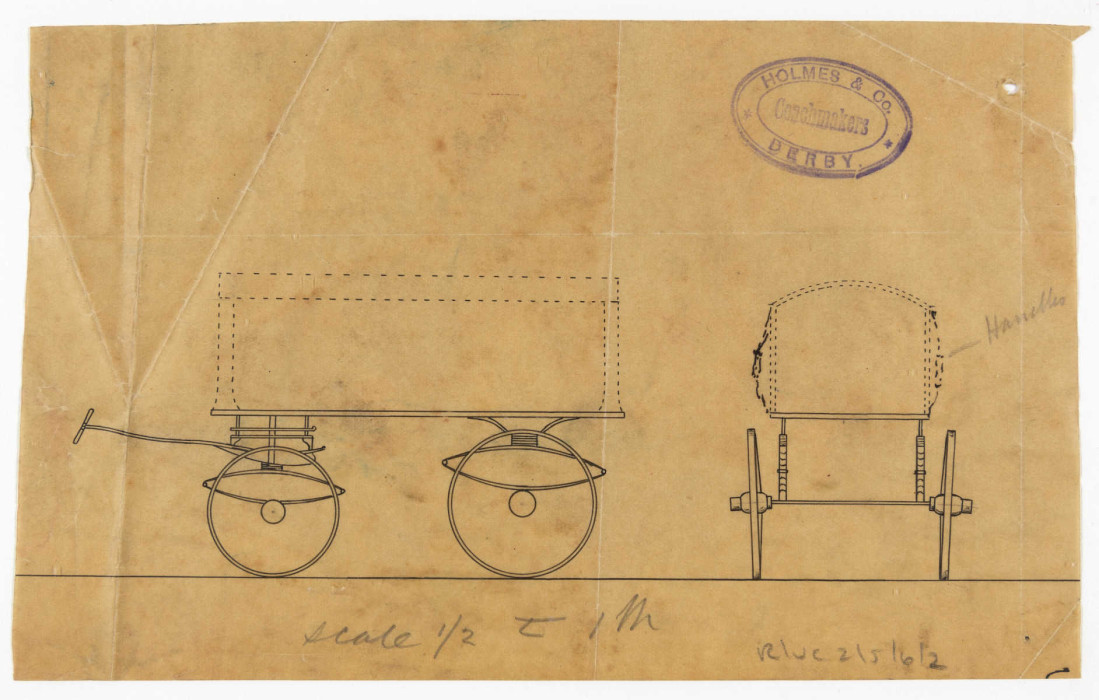
Hemdean Road Cemetery
Hemdean Road Cemetery originally opened as Caversham Cemetery in 1885 following the closure to new burials at St Peter’s Churchyard. It was run by Caversham Burial Board, which was established in 1884 by a public meeting of local ratepayers.
The cemetery was intended to serve the whole of Caversham apart from the area forming the Ecclesiastical District of Kidmore. However, people from outside that area (mostly from Reading and Henley) could also be buried there for a higher fee. In 1891 the Burial Board was amalgamated with the Caversham Local Board acting as Caversham Urban Sanitary Authority, and in 1894 this became Caversham Urban District Council. The Urban District Council also purchased additional land for a future extension of the cemetery.
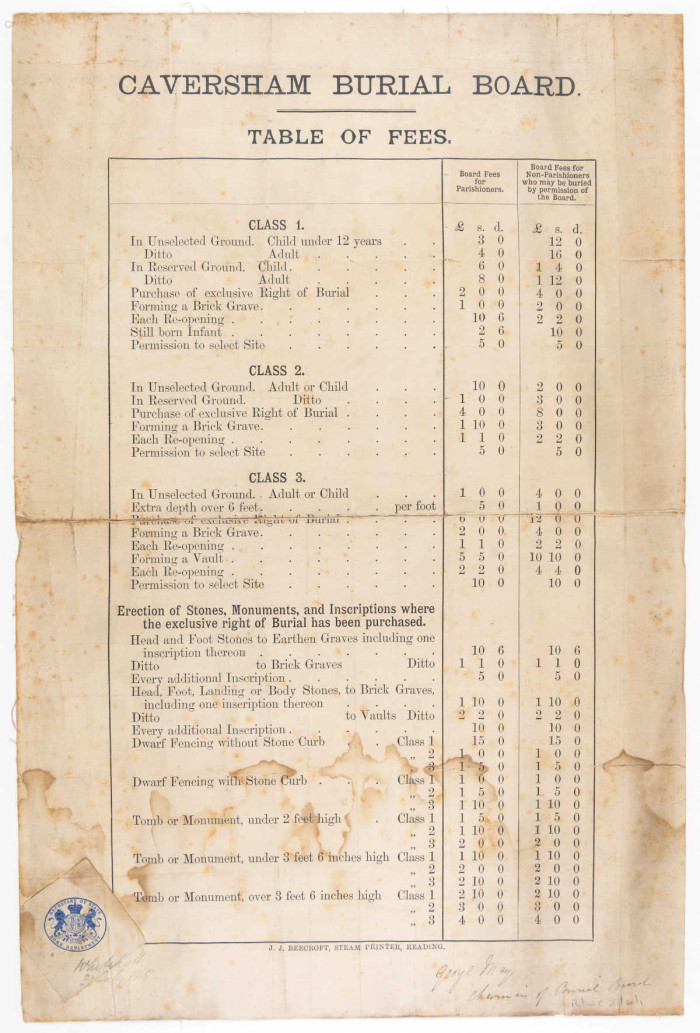
There was no formal chapel at Hemdean Road, but services of any denomination could be held at the lych gate at the entrance, or in a waiting room on the site. A caretaker, known as the ‘curator’, and later the Superintendent, lived in a cottage adjoining the lych gate.
The extension of Reading Borough to include Caversham brought Caversham Cemetery under the control of the borough council in November 1911. Reading Borough Council had been looking for a new council-run cemetery for the borough for several years. None of the sites identified had been suitable, and it was decided simply to adapt Hemdean Road as the new council cemetery, so from 1912, Reading residents were treated the same way as those from Caversham.
Initially, like Reading Cemetery, it had separate consecrated and unconsecrated sections for Church of England and other burials respectively, but in practice this was ignored and all burials took place in the consecrated section regardless of faith. The previously unconsecrated area was consecrated in 1917. Few new graves were dug after1935.
Usually the place to start when looking for more information about a burial in this cemetery is with the series of order books (series reference R/UC2/1) as they record date of purchase, the name, age and address of deceased, sometimes name and address of purchaser of grave, whether it was in consecrated or unconsecrated ground, the specific section number of cemetery, the number of grave if an old grave was reused, the date and time of interment, and costs. Unfortunately the series only goes up to 1903, with slightly overlapping dates. So it is probably easier to go straight to the single series of burial registers (R/UC2/2), which cover the whole period from 1885 to 1993. One slight oddity is that they record where the death took place rather than the person’s home address.
We also have registers of grants for Hemdean Road Cemetery (R/UC2/3) which record grants of vaults and grave spaces in the cemetery up to 1965. They include grant number, date of grant, name, address and occupation of purchaser, price paid, and description and location of space (including plot number).
The registers of graves (R/UC2/4) are similar to those for London Road and record grants of vaults and grave spaces in the cemetery, recording additonal burials in the grave up to 2007, for graves first used up to 1981. They include grant number, date of grant, name, address and occupation of purchaser, price paid, and description and location of space (including plot number).
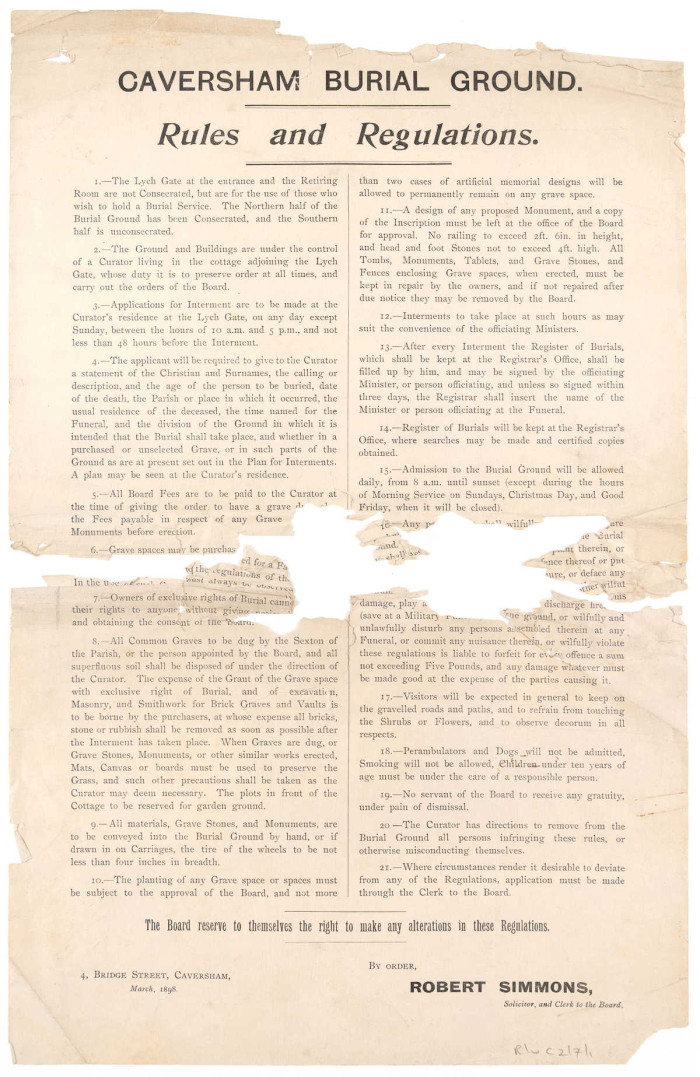
Unfortunately, it is harder to find exact grave locations for this cemetery. We do have a plan (R/UC2/5/1) but this is less useful than those for London Road. It was compiled in the 1920s or 30s and shows grave numbers. We have a transcript of monumental inscriptions, produced by the Berkshire Family History Society, with a plan, but not all burials have a corresponding headstone.
Henley Road Cemetery
Henley Road Cemetery, Caversham, opened in 1927, and was run by Reading Borough Council.
As far as we can tell, there were no order books for this cemetery, so you need to start with the registers of burials (R/UC3/1). Then as with the other cemeteries, you can move on to the registers of grants (R/UC3/2) and registers of graves (R/UC3/3). One thing to be aware of is that the register of burials does not contain service burials, 1939-1944. There is a separate register for these which is kept at the Cemeteries Office. You can can contact them via the Reading Borough Council website.
Because of the changes in local government, post 1974 records of Reading Borough Council are treated as a separate organisation under catalogue reference DC/R rather than R/. This division has also had to be made with the cemeteries, though in practice it is only the Henley Road records which are split this way. So for registers of burials, 1975-1992, registers of graves first used from 1978 to 2007, and registers of cremations, 1975-1993, you need to look in the DC/R catalogue.
An example of a well known person of Reading buried at Henley Road is the Victoria Cross winner, Frederick Potts, who died in 1943. Many victims of the bombs which hit Reading town centre in 1943 are also buried there.
Reading Crematorium
Reading Crematorium was built at Henley Road Cemetery in 1932, and served people from Berkshire, north Hampshire and south Oxfordshire. It included a columbarium for the permanent storage of ashes in pottery urns, and a garden of remembrance for the scattering of ashes. Ashes could also be interred in graves or taken away by the family.
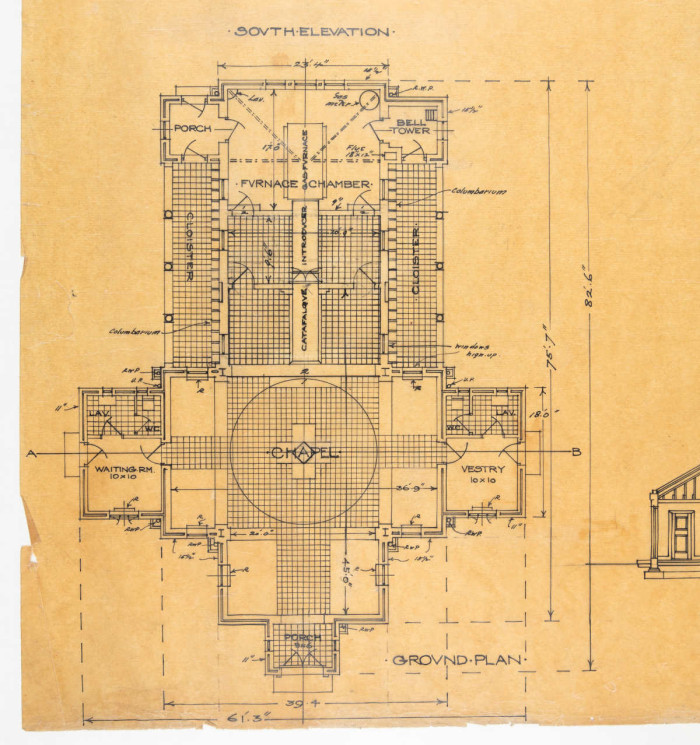
The registers of cremations (R/UC3/6) record the date of cremation, the name, address, occupation, age and marital status of the deceased, date of death, details of the person applying for the cremation and the person signing the medical certificate, where the death was registered, how the ashes were disposed of, and if a ceremony was performed and by whom. From June 1969, they also include details of the officiating minister and funeral director.
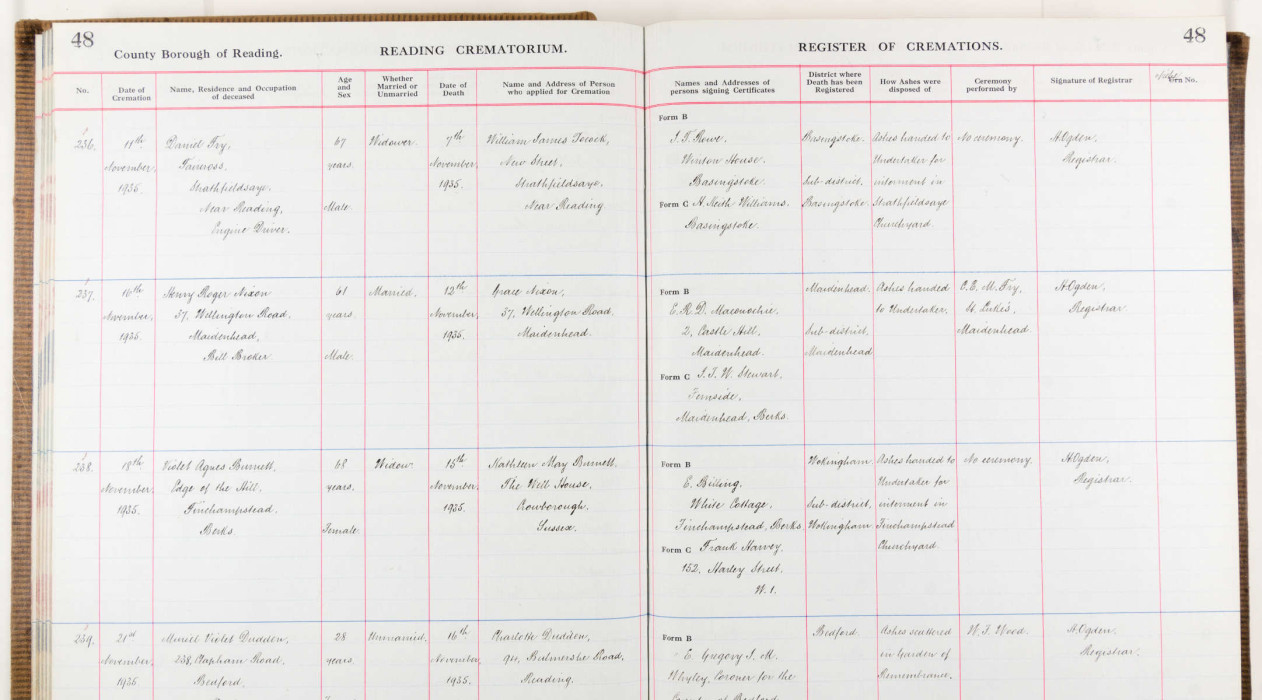
Cremation was controversial at first, mainly for religious reasons, and not a popular option for many, but over 1000 people were cremated at Henley Road in the first ten years. The first cremation in 1932 was of 16 year old schoolgirl Vera Young, whose family were from Marlow, the next was a six month old baby from Shinfield. Other early cremations included an Indian undergraduate at Oxford University, the aristocratic Viscount Chelmsford, and landowner Philip Bouverie-Pusey of Pusey in north Berkshire. 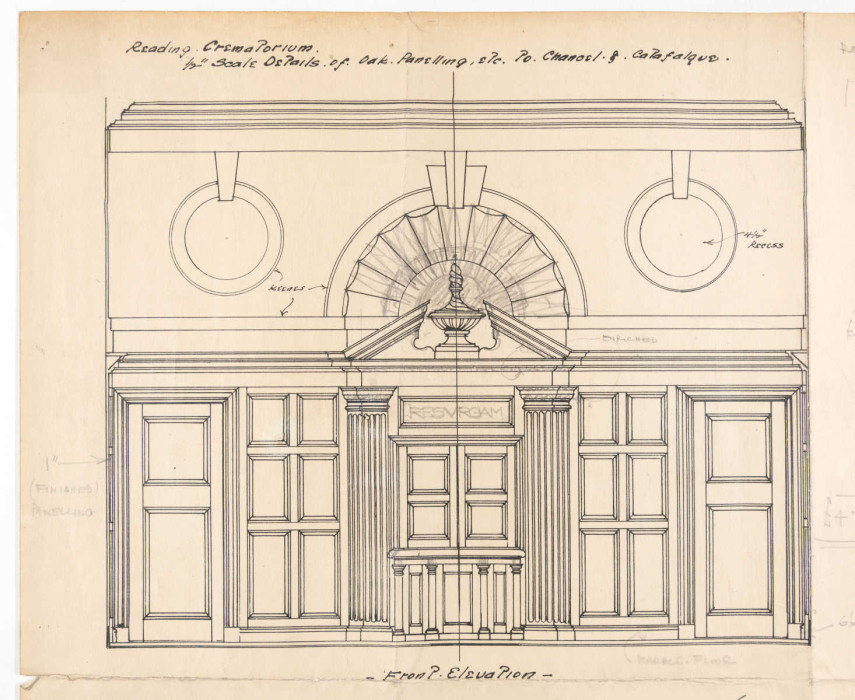
Post 1993
In approximately 1993 the paper records for the two cemeteries and crematorium, were replaced with a computer system. So it is almost impossible to find a grave if the grave number is not already known. It would be best to contact the Cemeteries Office to see if they can help find the locations of graves.
We hope that our two part blog on Reading Cemetery records will be of help to you in your research. You can read part one of the blog which looks at Reading Old Cemetery on London Road, online.
